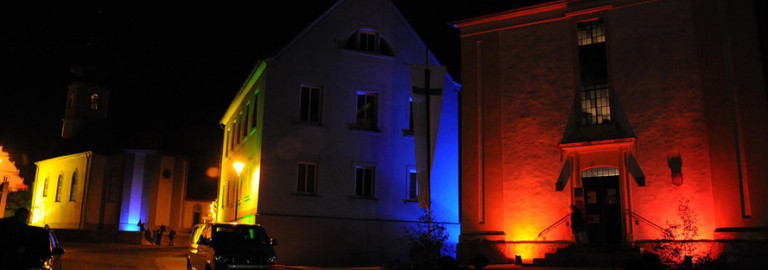Today is International Women's Day, but, as Jo Chandler writes for The Age, mothers in Papua New Guinea have nothing to celebrate
I met Dr Mola, Head of Obstetrics at Port Moresby General Hospital when I was researching stories in PNG in 2009. New figures had exposed a crisis on Australia's doorstep - the maternal death rate in PNG having doubled in a decade, rising to 733 per 100,000 live births. The equivalent figure in Australia is about eight, unless you are indigenous - then it is 21.5.
Why were so many women dying? Because of the lack of midwives and doctors, Mola told me. A breakdown in the tertiary sector meant not a single locally trained midwife had gained registration in almost a decade. Meanwhile, the population was skyrocketing. Of PNG's 200,000 births a year, some 120,000 were unsupervised.
Those women deliver ''in a dirty house, on a dirt floor, with no skilled attendants, no equipment, no capacity to get somewhere if something bad happens. And they die,'' Mola bluntly explained as he took me on a tour of the crowded women's wing of his hospital, carefully stepping around little piles of newborns scattered, with their mothers, over the floor.
On the eve of International Women's Day, I find Mola is in Melbourne. Has anything improved in PNG? Not much. AusAID is trying to recruit eight midwifery specialists to work in PNG as trainers, plus two obstetricians.
The problem is clearly identified, there is money to address it, but the best efforts are stymied by blockages and inertia in the fragmenting PNG bureaucracy. Someone neglected to pay the contractor who was supposed to be fixing up the hospital, so a whole ward remains shut. The labour ward floors are more crowded by women and babies than ever, Mola says.

